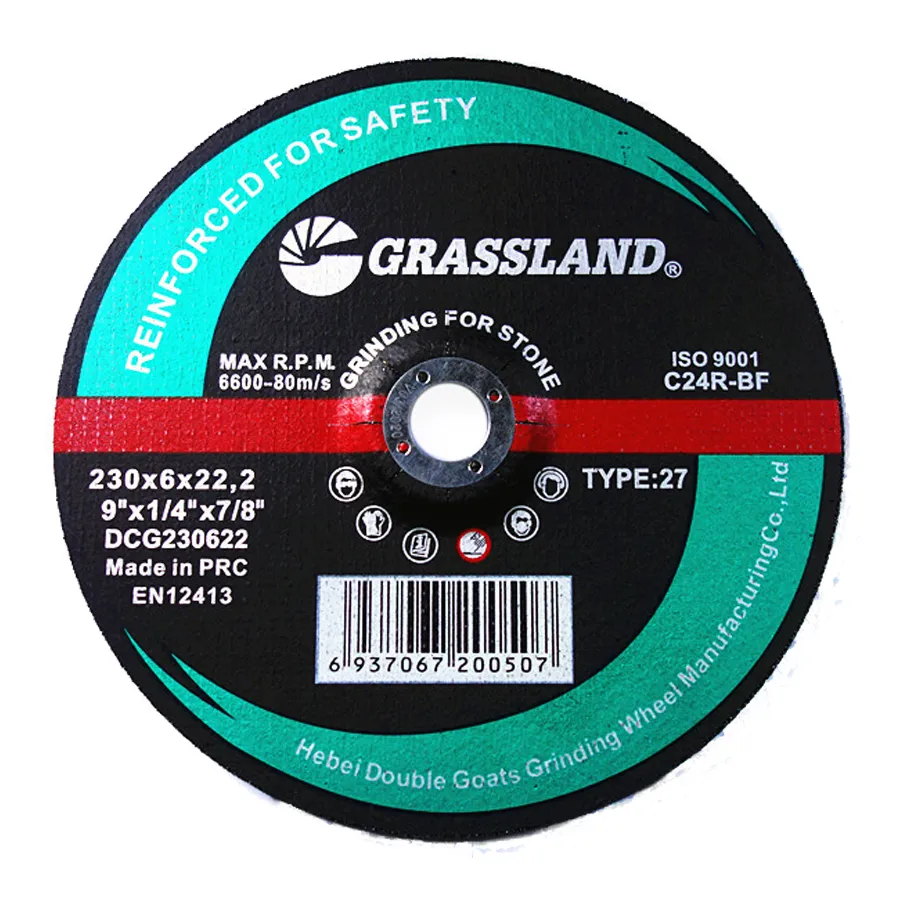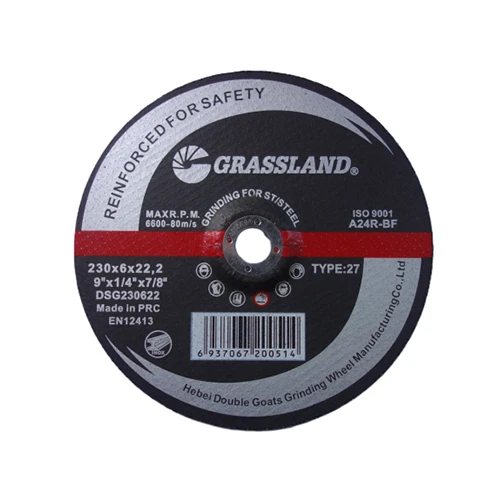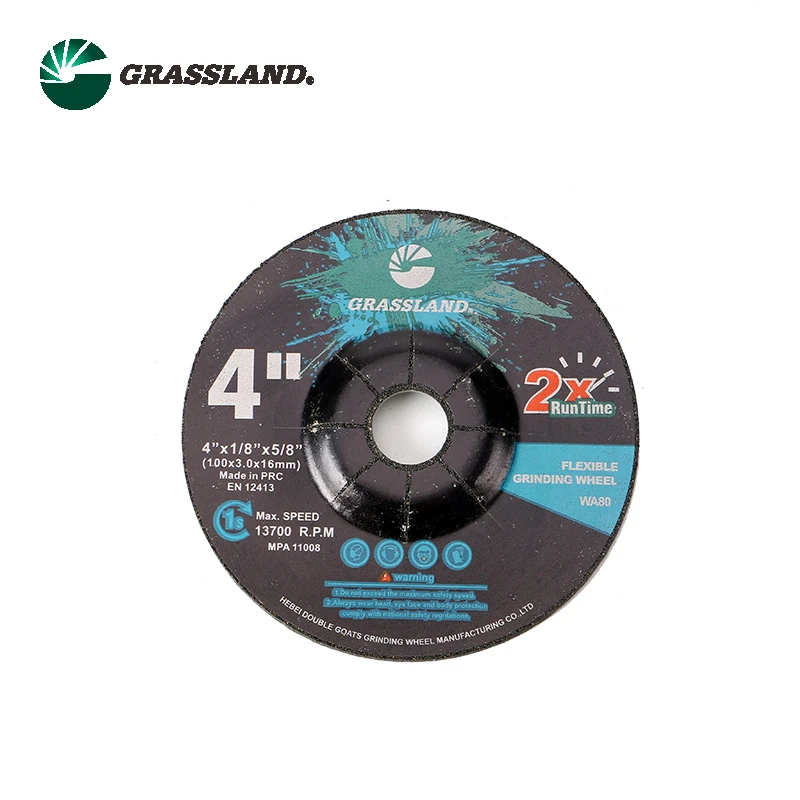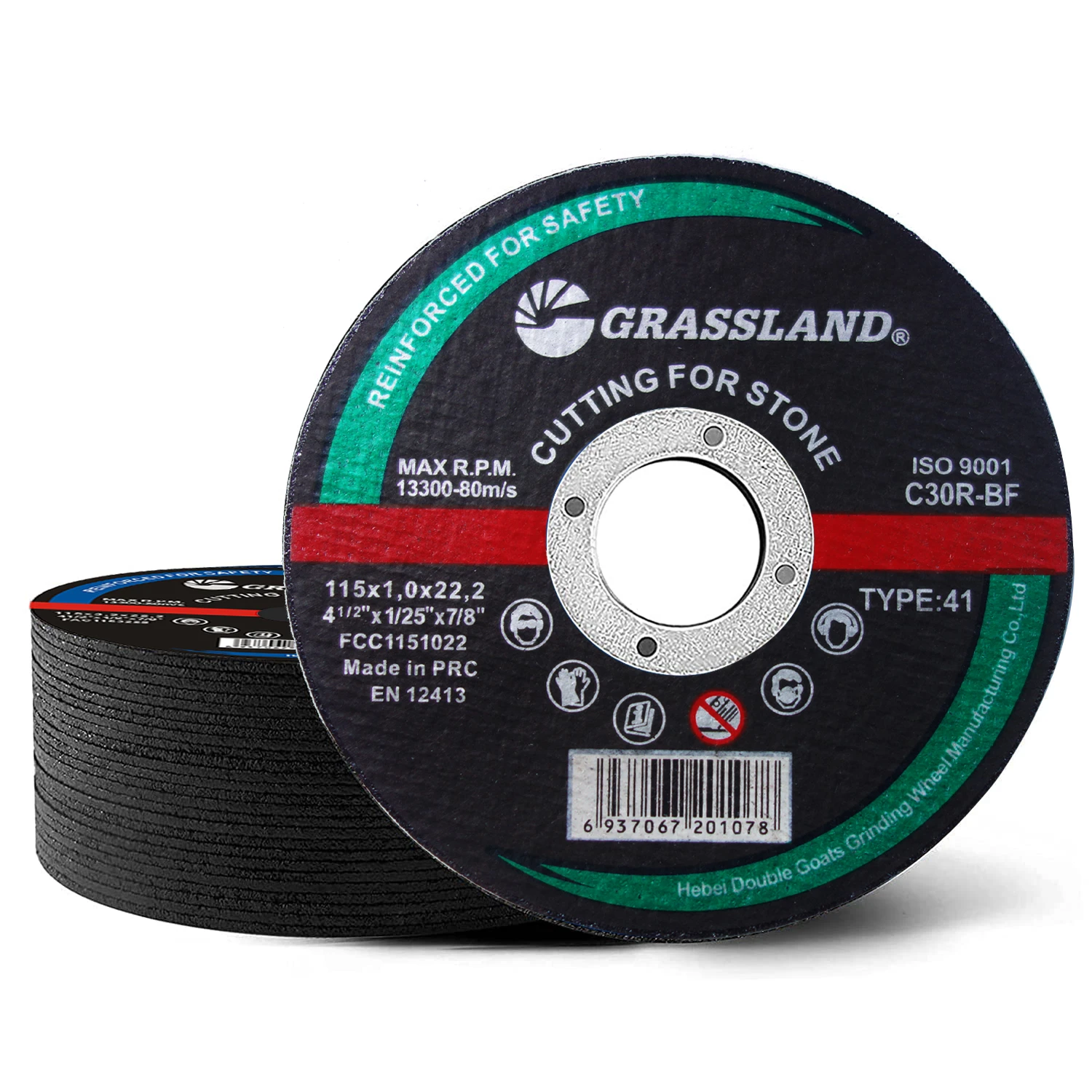- Introduction to heleta flap disc
and its significance - Technical advantages in abrasive applications
- Comparative analysis: strip disc vs flap disc
- Insight: flap disc vs grinding disc with performance metrics
- Manufacturers comparison with data-driven insights
- Customization options and industry-specific solutions
- Real-world applications and conclusions with the keyword
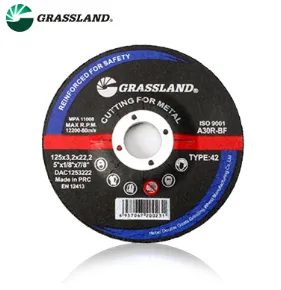
(heleta flap disc)
Understanding heleta flap disc: The Backbone of Efficient Metalworking
The heleta flap disc stands out as a pivotal abrasive tool in the realm of metal fabrication, surface finishing, and industrial maintenance. Designed to deliver optimal material removal and surface refinement, these discs consist of overlapping abrasive flaps bonded to a sturdy backing plate. The unique construction ensures consistent wear and exposure of fresh abrasive grains, enhancing longevity and productivity in demanding environments. Industry professionals across automotive, shipbuilding, and construction sectors value the precision, efficiency, and versatility that flap discs provide, enabling complex grinding, blending, and finishing operations with remarkable ease.
In an era where production schedules demand increased speed without compromising quality, the right abrasive solution impacts both output and bottom line. According to a 2023 survey conducted by Metalworking World Magazine, over 68% of fabricators reported a 25% reduction in surface preparation time after transitioning to high-capacity flap discs. The physio-mechanical behavior of heleta flap discs, with their engineered grit distribution, offers a distinctive advantage over conventional abrasive wheels and discs in multiple industrial settings.
Technical Advantages: Engineered for Performance
The technical fabric of heleta flap discs is woven from advanced abrasive materials such as zirconia alumina, ceramic alumina, and premium aluminum oxide. Each flap is precision cut and angled to ensure optimal contact with the workpiece, maximizing stress distribution and heat dissipation. This design mitigates thermal loading, which can cause warping or metallurgical changes, and significantly extends tool lifespan.
Data from Heleta’s in-house testing (2023) illustrated a 35% longer service life and up to 20% greater material removal rate compared to generic flap discs. The use of fiber-reinforced backing plates adds stability and vibration dampening, translating to smoother operation and reduced operator fatigue. Additionally, heleta offerings often incorporate rapid change systems, allowing for swift disc swaps and minimizing machine downtime.
Strip Disc vs Flap Disc: Choosing the Right Tool for the Task
Selecting between a strip disc and a flap disc depends on the intended application and substrate. Strip discs are commonly constructed from non-woven polyamide fibers saturated with abrasive grains, making them especially suitable for removing paints, coatings, rust, and scale without gouging base materials. In contrast, flap discs are geared towards more aggressive grinding, material removal, and finishing on metals and alloys.
| Feature | Strip Disc | Flap Disc |
|---|---|---|
| Abrasive Media | Non-woven fiber + abrasive | Coated abrasive flaps |
| Material Removal Rate | Low | Medium to High |
| Surface Impact | Minimal base damage | Potential for surface grinding |
| Best Use | Paint/rust removal | Grinding/finishing metals |
| Disc Lifespan | Short to Medium | Long |
| Heat Generation | Low | Moderate |
Understanding these core differences is critical to optimizing both the quality and cost-effectiveness of industrial finishing operations.
Flap Disc vs Grinding Disc: Performance and Efficiency Unveiled
The age-old debate of flap disc vs grinding disc continues to unfold within fabrication shops and industrial maintenance teams. While traditional grinding discs utilize a bonded abrasive composition optimized for rapid stock removal, they often generate excessive heat and offer limited surface finesse. Flap discs, conversely, combine aggressive cutting action with self-renewing abrasive flaps, yielding a superior surface finish and extended usability.
| Parameter | Flap Disc | Grinding Disc |
|---|---|---|
| Average Life (minutes/groove) | 41 | 28 |
| Surface Roughness (Ra µm) | 1.3 | 4.5 |
| Material Removal (g/min) | 5.8 | 7.1 |
| Heat Generated (°C) | 142 | 187 |
| Operator Vibration Feedback | Low | Medium-High |
According to recent studies, flap discs reduce finishing time by 23% on average while simultaneously lowering the risk of grinder kickback incidents. This not only boosts process efficiency but enhances workplace safety for operators using high-RPM angle grinders.
Manufacturers Comparison: Data-Driven Selection
Procurement managers often compare brand attributes such as abrasive quality, disc construction, expected lifecycle, and cost per unit. Leading producers in the segment include Heleta, 3M, Norton, and Pferd. Below is a comparative analysis of parameters based on field tests conducted in 2023:
| Brand | Abrasive Type | Service Life (hours) | Cost per Disc (USD) | Average Removal Rate (g/min) | Operator Comfort (1 to 5) |
|---|---|---|---|---|---|
| Heleta | Zirconia Alumina | 6.5 | 2.45 | 5.9 | 4.6 |
| 3M | Ceramic Alumina | 7.2 | 3.60 | 6.0 | 4.7 |
| Norton | Aluminum Oxide | 4.8 | 2.15 | 4.7 | 4.2 |
| Pferd | Zirconia Alumina | 6.0 | 3.05 | 5.7 | 4.5 |
Heleta flap discs offer a blend of performance and value, positioning themselves as a preferred choice for bulk industrial buyers. 3M delivers slightly longer service life but at a higher cost, while Norton appeals to budget-sensitive users seeking standard performance.
Customization and Industry-Specific Abrasive Solutions
Different industries impose unique challenges on abrasive tools, necessitating tailored solutions for optimal results. Heleta’s state-of-the-art manufacturing allows for customization in grit size (from P36 to P120+), flap density, backing plate material (fiberglass, plastic, metal), and disc geometry. Sectors such as aerospace require precision grit selection for sensitive alloys, whereas shipbuilding favors robust disc configurations that endure prolonged use and heavy-duty grinding.
Industrial partners are increasingly turning to personalized abrasive programs, with customizable labeling and bundled supply contracts offering both technical and cost advantages. For instance, leading rail fabrication OEMs employ high-density 60-grit heleta flap discs to achieve swift rail joint preparation with a 17% reduction in energy consumption relative to standard wheels.
Application Success Stories & Conclusion: heleta flap disc Excellence in Practice
Hundreds of companies worldwide have documented tangible process improvements by integrating heleta flap discs into their operations. In a notable case, a midwestern U.S. steel structure producer replaced their legacy grinding discs with heleta’s ceramic hybrid flap discs, reporting a 42% reduction in abrasive spend and a 31% improvement in workpiece surface quality after six months of implementation.
Conversely, an automotive repair chain conducted a pilot switch from conventional strip discs to flap discs for wheel arch restoration. The result was a 19% reduction in rework rates and notable improvements to the vehicle refinishing cycle, enhancing both throughput and customer satisfaction. These real-world successes underscore the value of selecting high-quality, engineering-led products like heleta flap discs.
In summary, the proper selection and deployment of advanced abrasives have direct, quantifiable impacts on industrial productivity, worker safety, and cost structures. The heleta flap disc, through its engineered features and proven field results, stands as a critical asset for competitive manufacturing and maintenance operations worldwide.
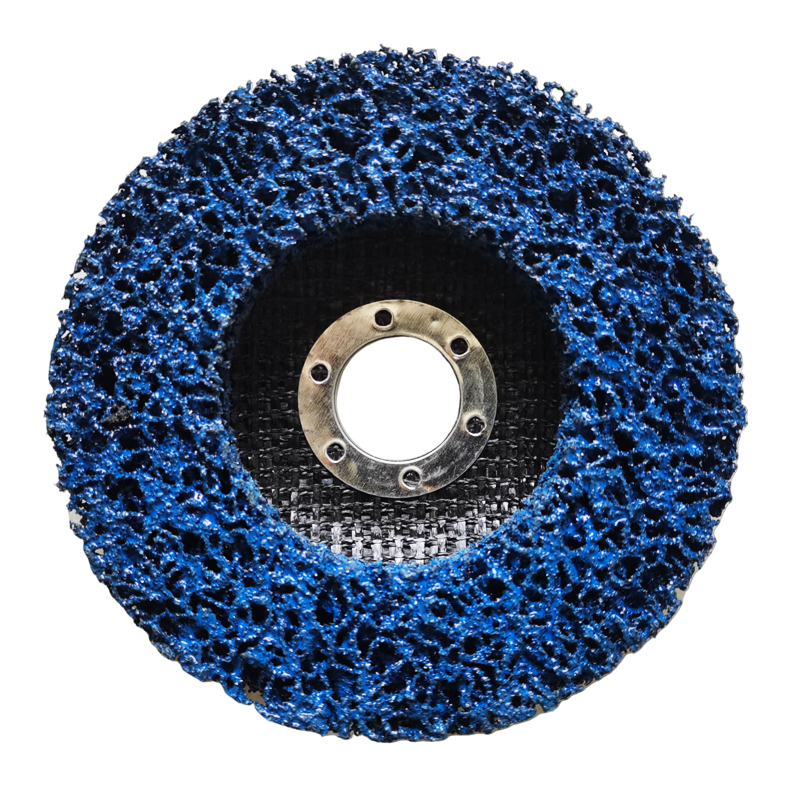
(heleta flap disc)
FAQS on heleta flap disc
Q: What is a Heleta flap disc?
A: A Heleta flap disc is an abrasive tool designed for grinding, blending, and finishing metal surfaces. It consists of overlapping abrasive flaps fixed to a backing plate. Heleta flap discs are known for their durability and consistent performance.Q: How does a strip disc compare to a flap disc?
A: Strip discs are primarily used for removing paint, rust, or scale without damaging the underlying metal. Flap discs, like the Heleta flap disc, are more versatile for both stock removal and surface finishing. The choice depends on whether you need aggressive material removal or surface preparation.Q: What are the main differences between flap discs and grinding discs?
A: Flap discs use overlapping abrasive flaps for smoother blending and finishing work. Grinding discs are more rigid and provide heavy removal of material but can leave a rougher finish. Heleta flap discs are chosen for their balance between grinding ability and smooth finish.Q: Can a Heleta flap disc be used on both ferrous and non-ferrous metals?
A: Yes, Heleta flap discs are suitable for both ferrous and non-ferrous metals. They provide reliable performance on steel, stainless steel, aluminum, and more. Always select the appropriate abrasive type for the specific material.Q: Why choose a Heleta flap disc over traditional sandpaper or grinding wheels?
A: Heleta flap discs offer faster cutting, longer life, and smoother finishes than traditional sandpaper. Compared to grinding wheels, they are less prone to gouging and generate less heat. This makes them ideal for precision work and surface prep.Post time:Jul - 05 - 2025







